Jianming Li
AdaSfM: From Coarse Global to Fine Incremental Adaptive Structure from Motion
Jan 28, 2023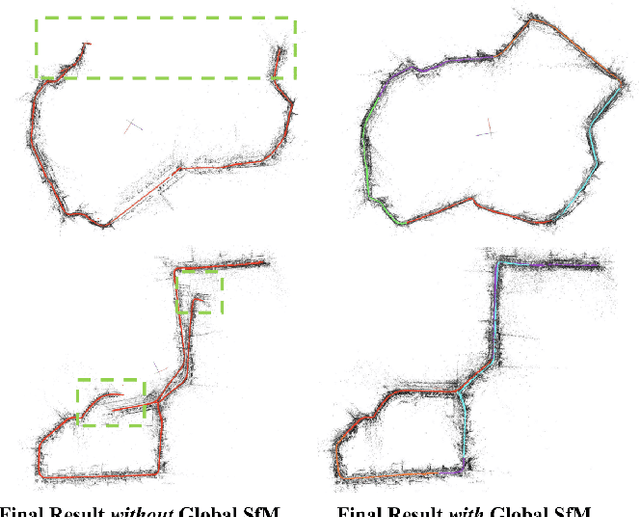

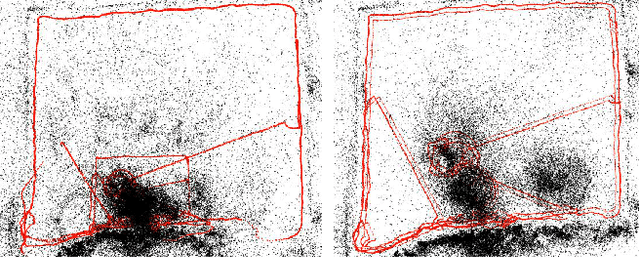
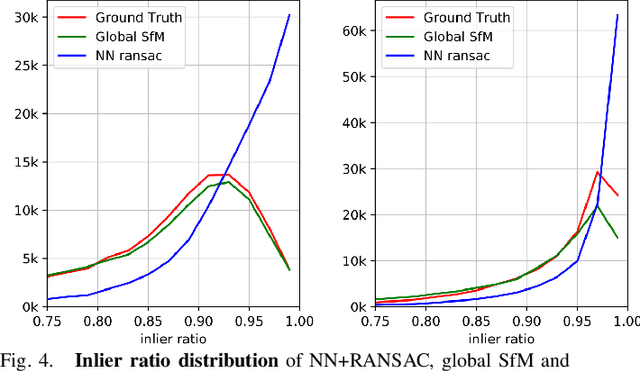
Abstract:Despite the impressive results achieved by many existing Structure from Motion (SfM) approaches, there is still a need to improve the robustness, accuracy, and efficiency on large-scale scenes with many outlier matches and sparse view graphs. In this paper, we propose AdaSfM: a coarse-to-fine adaptive SfM approach that is scalable to large-scale and challenging datasets. Our approach first does a coarse global SfM which improves the reliability of the view graph by leveraging measurements from low-cost sensors such as Inertial Measurement Units (IMUs) and wheel encoders. Subsequently, the view graph is divided into sub-scenes that are refined in parallel by a fine local incremental SfM regularised by the result from the coarse global SfM to improve the camera registration accuracy and alleviate scene drifts. Finally, our approach uses a threshold-adaptive strategy to align all local reconstructions to the coordinate frame of global SfM. Extensive experiments on large-scale benchmark datasets show that our approach achieves state-of-the-art accuracy and efficiency.
A Semantics-Assisted Video Captioning Model Trained with Scheduled Sampling
Aug 31, 2019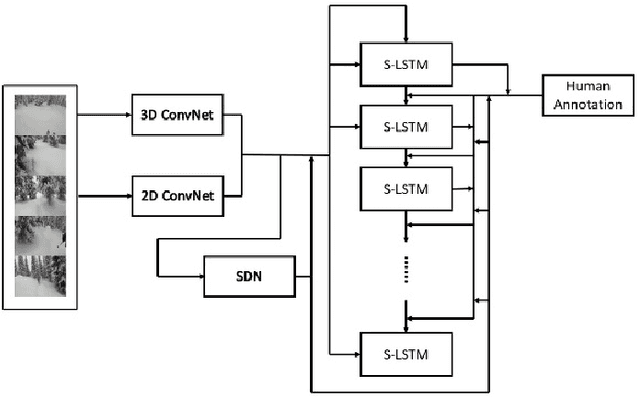
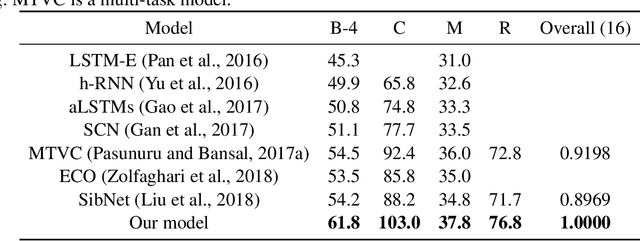
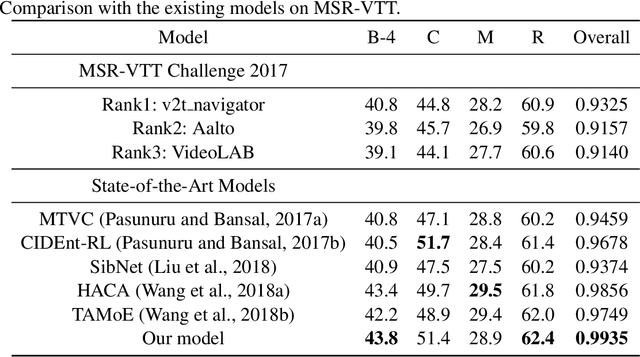

Abstract:Given the features of a video, recurrent neural network can be used to automatically generate a caption for the video. Existing methods for video captioning have at least three limitations. First, semantic information has been widely applied to boost the performance of video captioning models, but existing networks often fail to provide meaningful semantic features. Second, Teacher Forcing algorithm is often utilized to optimize video captioning models, but during training and inference, different strategies are applied to guide word generation, which lead to poor performance. Third, current video captioning models are prone to generate relatively short captions, which express video contents inappropriately. Towards resolving these three problems, we make three improvements correspondingly. First of all, we utilize both static spatial features and dynamic spatio-temporal features as input for semantic detection network (SDN) in order to generate meaningful semantic features for videos. Then, we propose a scheduled sampling strategy which gradually transfers the training phase from a teacher guiding manner towards a more self teaching manner. At last, the ordinary logarithm probability loss function is leveraged by sentence length so that short sentence inclination is alleviated. Our model achieves state-of-the-art results on the Youtube2Text dataset and is competitive with the state-of-the-art models on the MSR-VTT dataset.
 Add to Chrome
Add to Chrome Add to Firefox
Add to Firefox Add to Edge
Add to Edge